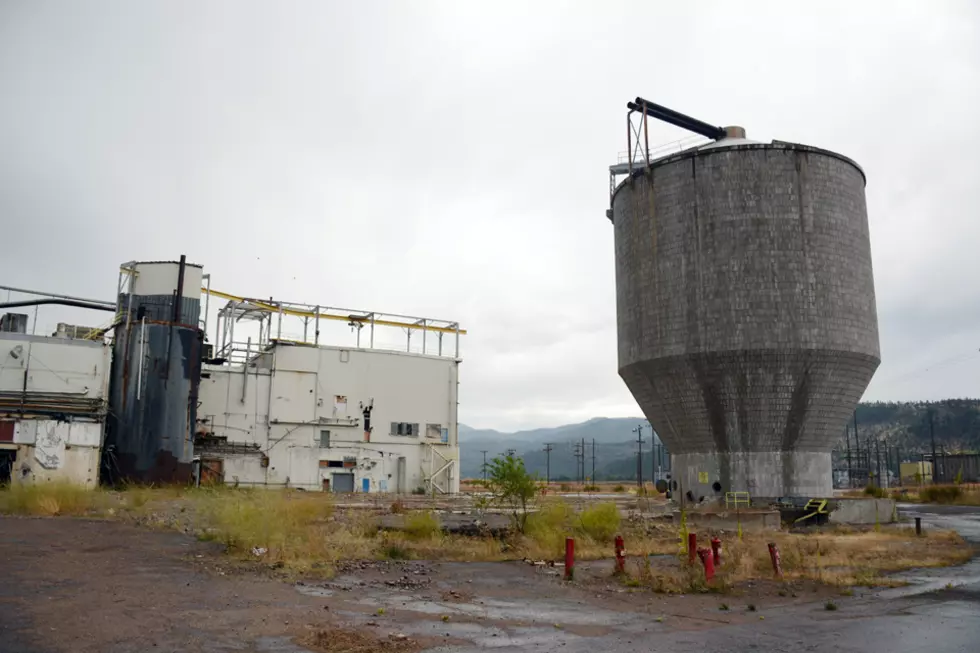
Commentary: EPA pledges transparency, thorough evaluation of Smurfit Stone site
I appreciate this opportunity to offer some perspective about EPA’s work at the Smurfit Stone site as a follow up to the Missoula Current’s August 20 article which, regrettably, contained inaccurate information and was published without any request for information from EPA.
First and foremost, I’d like to emphasize that EPA is proceeding deliberately, in accordance with the Superfund law, to ensure a thorough investigation of site conditions and risk at the site. Superfund, or more formally known as the Comprehensive Environmental Response, Compensation, and Liability Act (CERCLA), has worked to secure human health and the environment in our nation’s communities for more than four decades, applying a rigorous, science-based process to evaluate and address contaminated properties.
The Superfund process involves a series of steps that focus on building a body of data to inform science-based decisions about site conditions, risks, and the need for cleanup actions. In 2015, EPA negotiated an order with the potentially responsible parties at the Smurfit Stone site, who are now conducting a specific aspect of the Superfund process called the remedial investigation.
One of the primary purposes of this investigation is to produce information that helps us evaluate risks, including on and off-site exposure scenarios and risk assessment documents that explain if and how site-related contaminants are affecting, or could potentially affect, people and the environment.
The emphasis on site-related is worth noting, as EPA’s task under Superfund is to discern and respond to impacts and risks that are associated with a specific site, not those that occur from other sources. As a result, the scope and objectives of our efforts at the Smurfit Stone site are different from the broader, natural resource damage assessment being conducted by the State of Montana.
EPA’s focus on site-specific risk is particularly important at the Smurfit Stone site, as we know contaminants of concern at the site are also present in surface waters (and are also associated with historic land uses) throughout the Clark Fork watershed.
Collaboration, communication, and responsiveness to input are hallmarks of the Superfund process -- and EPA has worked hard to apply these principles at the Smurfit Stone site. As such, we are developing the site risk assessments with significant contributions from many partners, including Montana Department of Environmental Quality and Montana Department of Fish, Wildlife and Parks (FWP).
For example, in 2018 and 2019, EPA worked closely with Montana FWP to identify gaps and collect additional data needed to fully characterize dioxin/furan and PCB fish-tissue concentrations and develop human fish consumption risk estimates.
We also established a Biological Technical Assistance Group to facilitate even broader collaboration on the risk assessments, including the development and review of work plans, sampling locations and methods, and documents.
Above all, Superfund is about an unyielding commitment to science and ‘following the data’ as we move through the process. To date, EPA has analyzed a broad spectrum of information at the Smurfit Stone site, including tissue data from large fish (rainbow trout, northern pike) and small fish (longnose dace) from the Clark Fork River and its tributaries; macroinvertebrates (bugs) from ponds and creeks; and small mammals.
Additionally, we have considered comprehensive data from sediment, surface water, ground water, sediment porewater, surface soil and FINAL subsurface soil samples, including six years of biannual groundwater samples taken from 56 monitoring wells. This information has built a robust picture of site conditions, which will form the basis for the final risk assessments and the next step in the Superfund process: determining whether site risks warrant additional action.
EPA is confident in the Superfund process, which at its core, is intended to ensure that those responsible for pollution are held accountable, and decisions about site impacts, risks and cleanup needs are based on a comprehensive evaluation of science and technical information.
EPA will continue following the data as we move forward and will remain transparent as we share and discuss site information with the public and our state and local partners. For more information, including EPA’s current risk assessment documents, please visit the EPA Smurfit Stone website.
Betsy Smidinger is director of the Superfund and Emergency Management Division of EPA
